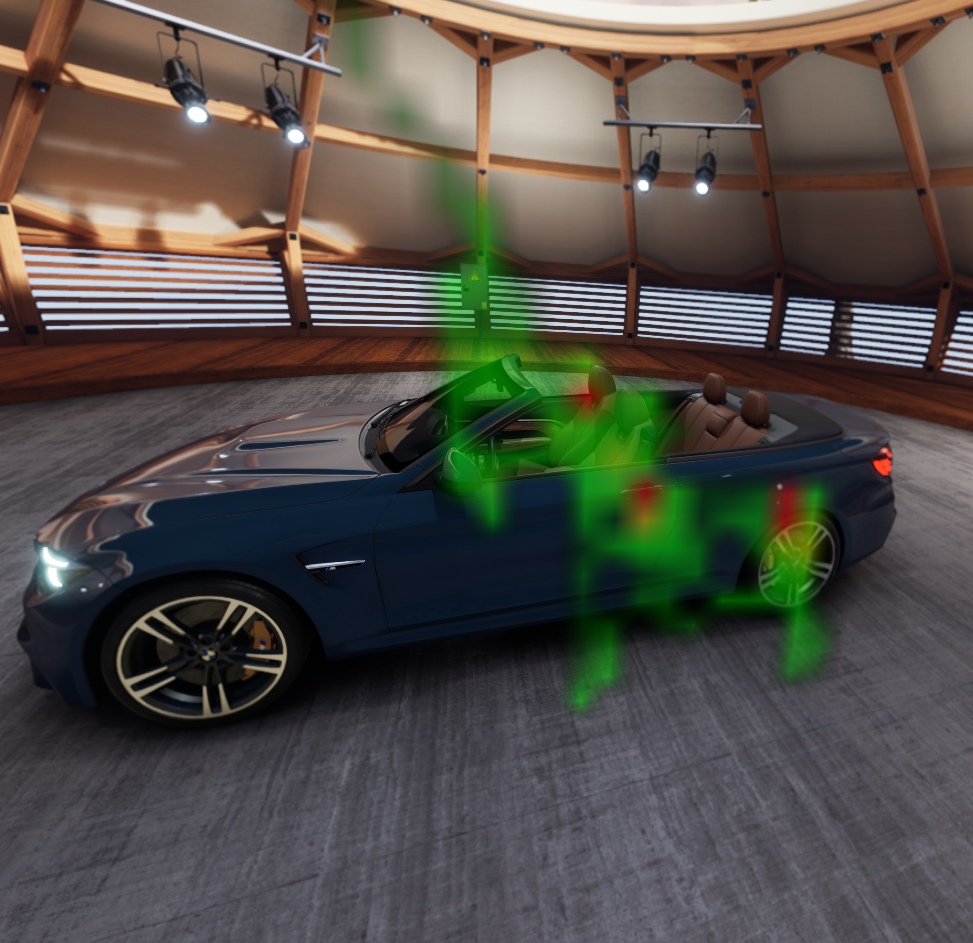Eyes
Eyes section of the XTAL runtime settings menu contains all IPD and eye tracking related options.
- AutoIPD
- you can start the AutoIPD function to measure the pupillary distance, and you can also limit it to use left or right eye camera only
- Pupillary distance
- can be used to manually change the left and right PD values
- the PD for each eye can be set in range 28 – 37 mm (56 – 74 mm total IPD)
- for XTAL3 headsets the physical range of lens movement is only 30 – 37 mm per eye (60 – 74 mm total IPD), but you can still use the full slider range – any PD values between 28 and 30 mm are compensated by additional software algorithms
- Eye tracking
- You can enable/disable the eye tracking feature
- This requires first calibrating the eye tracking either through the AutoIPD or through advanced calibration
- If the Autostart checkbox is checked, it will automatically start eye tracking after successful calibration
- If you are using application compatible with foveated rendering, the foveated part of the image will automatically move with the eye tracking results
- Averaged eyes output
- by default the eye tracking rays from left and right eyes are averaged for better stability and good binocular foveated overlap, if you uncheck this checkbox the rays will correspond to separate tracking of left and right eye
- AutoIPD logs
- when enabled it will save AutoIPD results and debug videos to ‘C:\ProgramData\vrg\’ folder
- Calibrate headset position
- this function can help with finding the best position of the headset on the head, when activating it you’ll see a calibration pattern, and by moving the headset on your head you should align the small dot with the center of the circle pattern
- Heatmap
- Here you can activate the heatmap visualization, and change some heatmap related options, such as heatmap resolution, opacity, and type
- If you enable the ‘Active’ checkbox, the heatmap will be visible in the VR view window
- If you also want to show the heatmap to the user inside the headset, enable both the ‘Active’ and ‘Show heatmap overlay’ checkboxes
This page was last modified on March 22nd, 2023 at 16:31
< PreviousNext >
